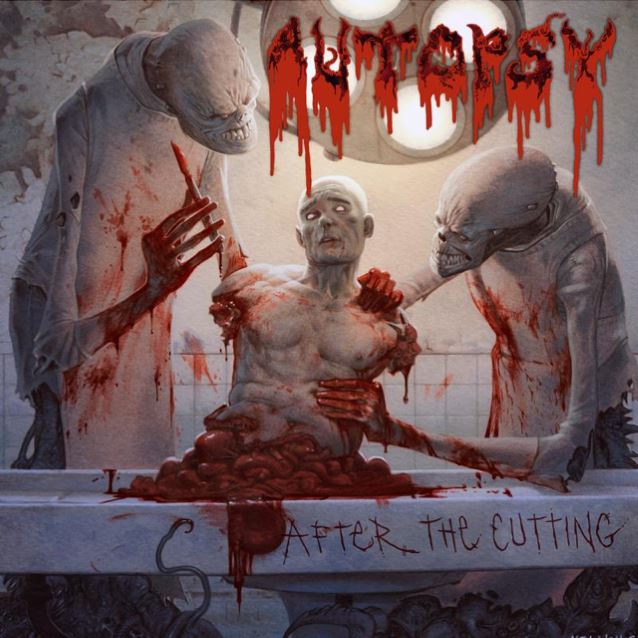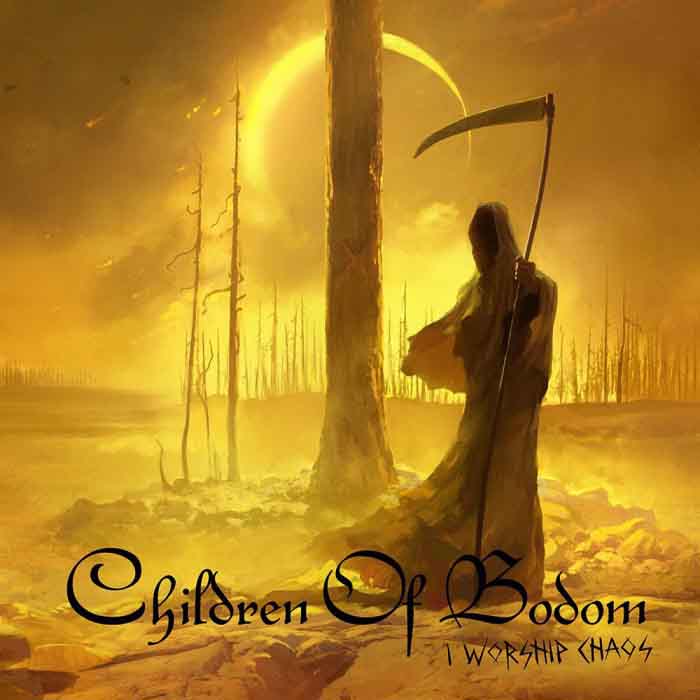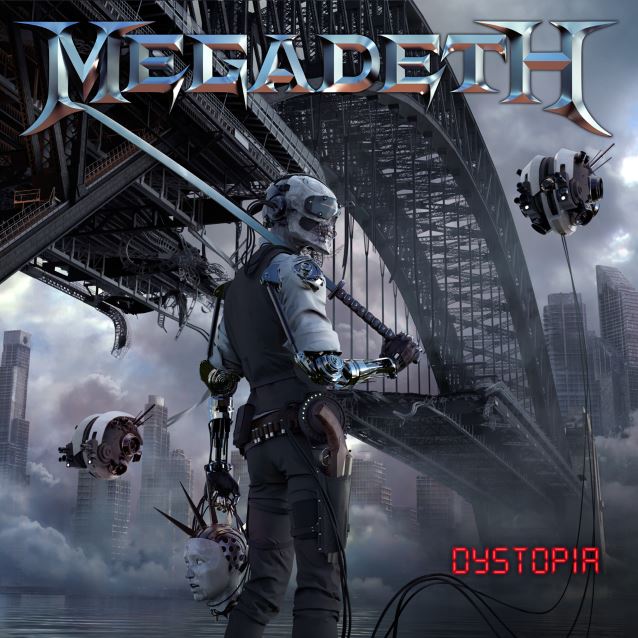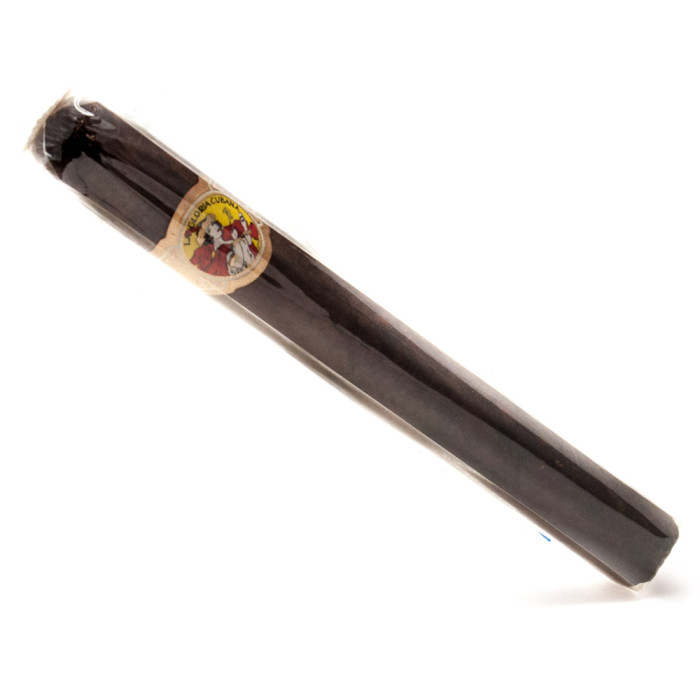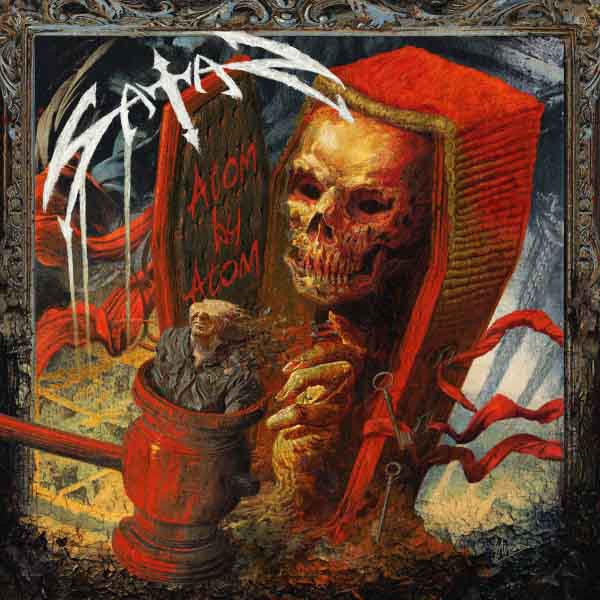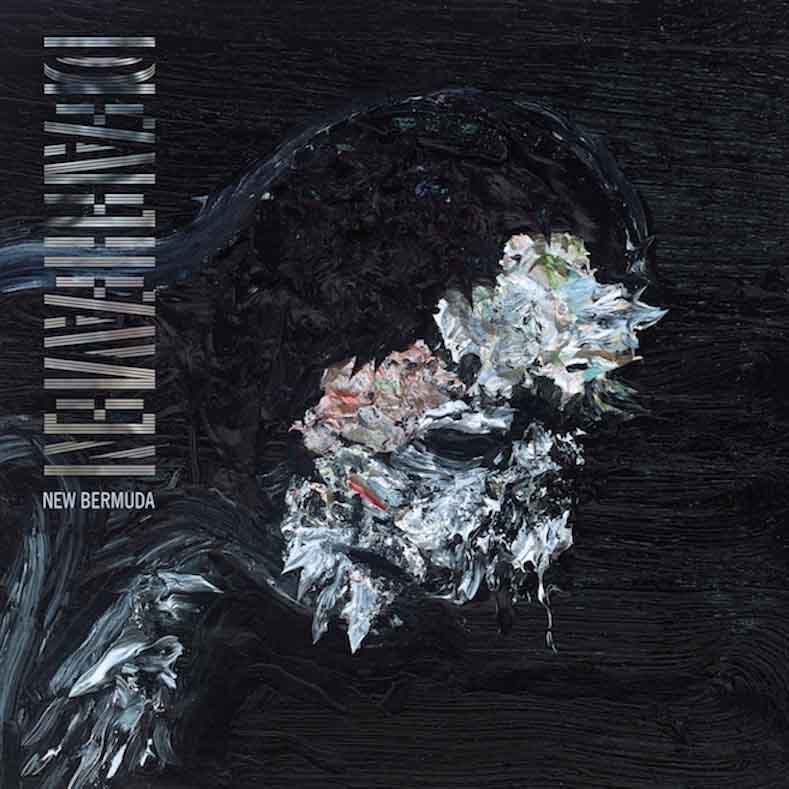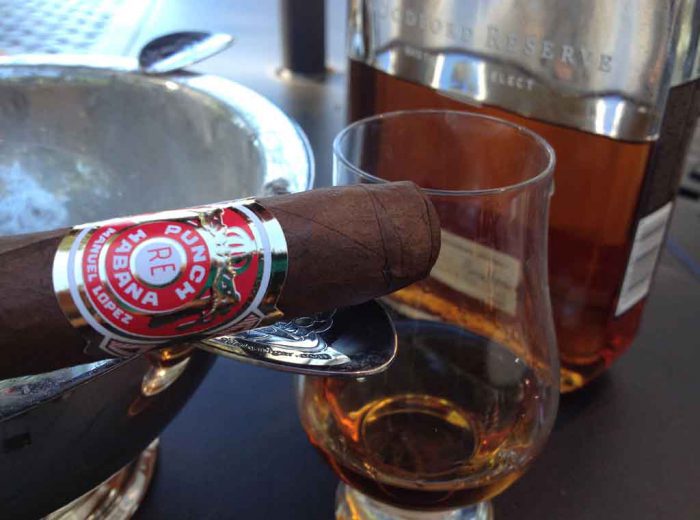
The weather is absolutely perfect here in New York, with a surprisingly warm 73-degree temperature and gentle breeze coming in from the south. Knowing I won’t have many more days like this I figure its the perfect day to sit outside on my back patio, light up an excellent cigar and pair it with an equally remarkable bourbon.
I reached into my humidor and immediately went for my prized possession — a flawlessly preserved 1993 Cuban Punch Churchill. Now that it was chosen, I had to decide on which bourbon to pair it with. Not knowing the exact strength profile of the cigar, I decided it would be best to choose a middle of the road bourbon that wasn’t incredibly strong or forceful, but still had plenty of character — Woodford Reserve immediately came to mind. It has a wonderful upfront taste with a short and pronounced finish that I thought wouldn’t overpower the cigar. Once I poured myself a taster’s glass worth of the amber goodness and headed outside to begin.
In my opinion, Cuban cigars are not what they used to be. Over the past 20 years, poor soil management, deteriorating quality control and general apathy has led to a dramatic decline in quality and consistency — consequently buying a Cuban cigar today is a hit or miss affair. However, the cigar I was about to smoke was from a different time, when quality and consistency were still high and Cubans were the gold standard in taste. Since I never had this cigar before, I decided it would be best if I smoked it a bit to truly taste it before even attempting to pair it with the bourbon.
After toasting the foot of the cigar and lighting it, I let it settle for a minute or two until the head cooled down to its normal burning temperature. Once the cigar settled down, I took my first few draws. The smoke was rich, but not overpowering, with well-defined, upfront flavors of black pepper, leather and earth. Underneath those flavors lay the very distinctive metallic-like quality prevalent in most Cuban cigars.
The flavors blended together quite well and produced an incredibly balanced profile. This Punch is a very complex cigar, and the mix of flavors constantly evolves as you smoke it. At one moment, the leather is more pronounced; the next moment it would be another flavor at the forefront. The finish is light and pleasant, with lingering spice and metallic tastes in the mouth and nose. Overall, I would score this as a legendary smoke. I’ve had a few cigars that are better, but this is certainly one of the best I have ever experienced, and achieves legendary status easily.
Fortunately, my pairing instincts were correct, and the experience truly got out of hand when I introduced the Woodford Reserve. Both the cigar and the bourbon benefitted from each other, and the synergy between the two truly hit my sensory sweet spot. The bourbon blunted a bit of the metallic taste of the cigar and enhanced the smoke’s spicy character, while the cigar’s leather and earth notes played quite well with the Woodford’s caramel and spice notes. After a puff and a small sip, I would sit for at least three minutes, taking the whole experience in before even contemplating another.
This is one of the best pairings I have ever had, and the experience left me relaxed and fully satisfied. The only thing that would have made it better would be having a prime porterhouse beforehand. It’s very rare to experience a pairing such as this, and I certainly savored every minute of it. I only wonder what would have happened if I upped the bourbon game and tried the cigar with Pappy Van Winkle 20 year old. Alas, I’ll never know.
While Woodford Reserve is easy to find, getting your hands on a 1990s Punch is quite difficult, if not impossible to procure. I’m lucky that I have a very (very) rich hedge fund manager as a client and he is well stocked with classic Cubans — that’s where I got this incredible smoke. That being said, below are some cigars that are much easier to find that pair well with Woodford Reserve:
|
Partagas Black Label Tatuaje Brown Label Nica Rustica by Drew Estate |
Don Pepin Garcia Blue Label Old Henry by Holt’s Diesel Unlimited Maduro |
Chris Pervelis, best known to most of you as Internal Bleeding guitarist and composer, also writes for a number of underground metal publications.
3 CommentsTags: bourbon, cigars, cuban cigars, Gestalt, punch cigars, tobacco, woodford reserve
